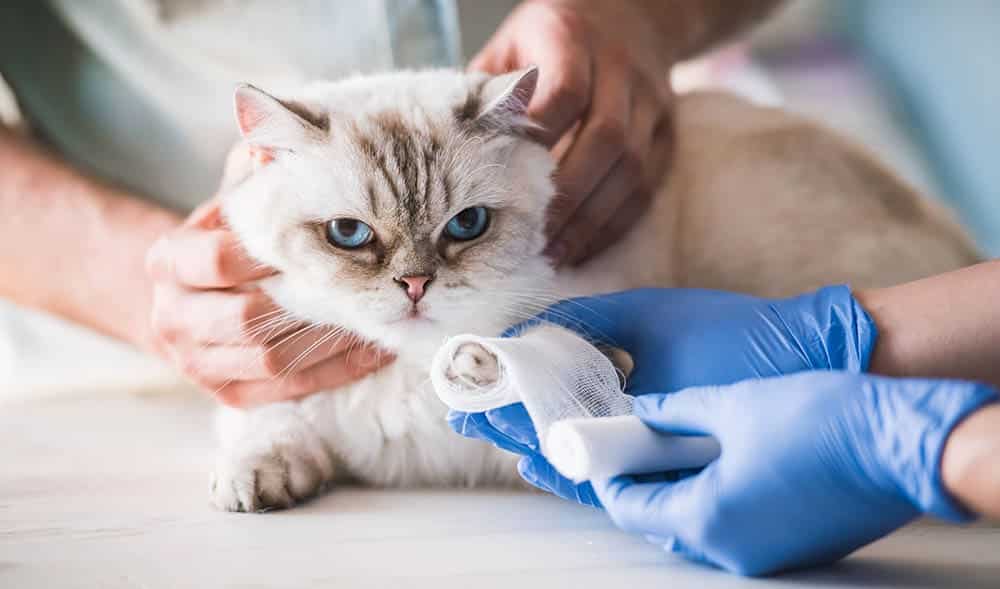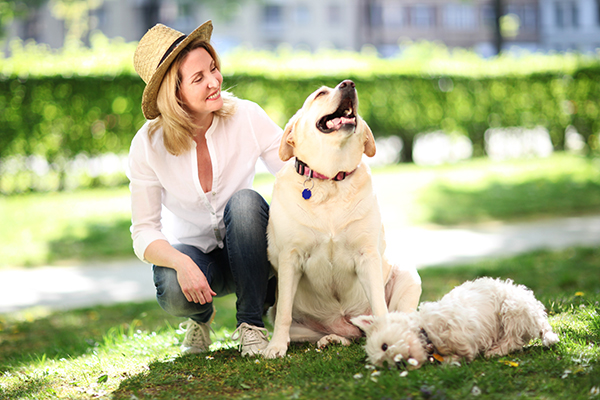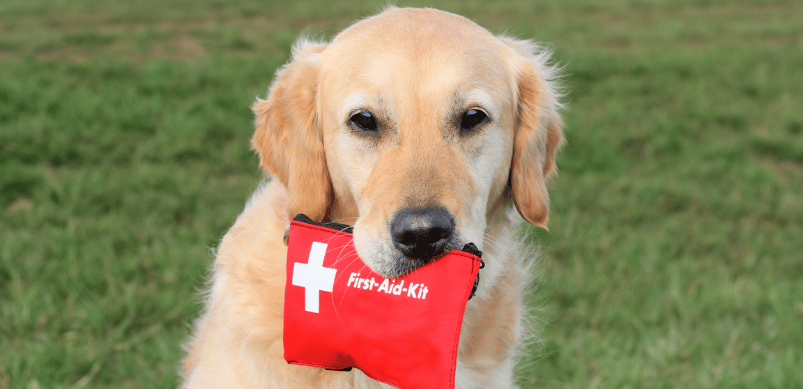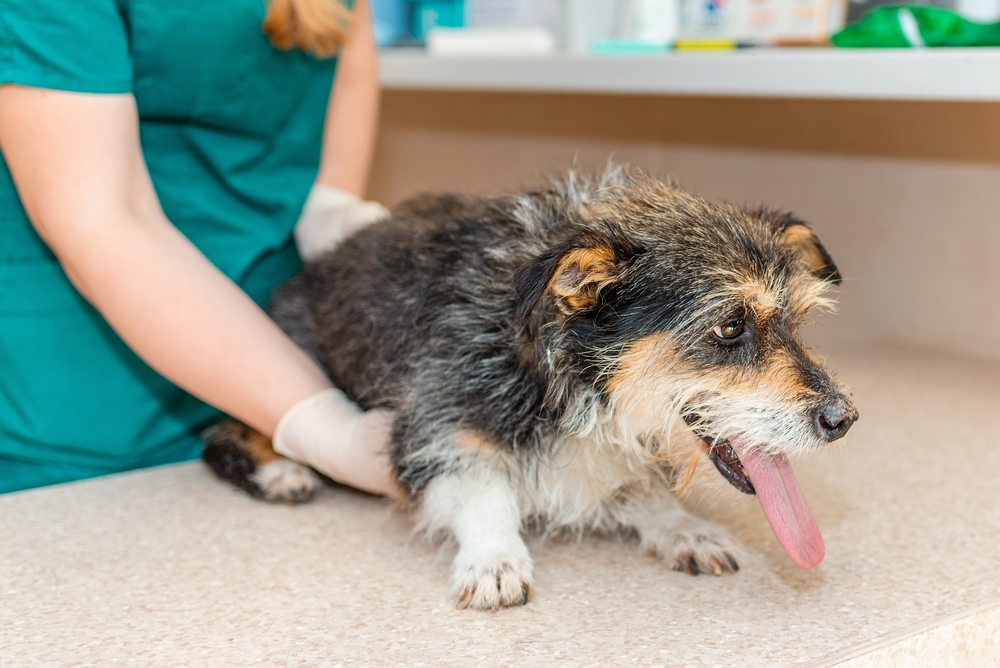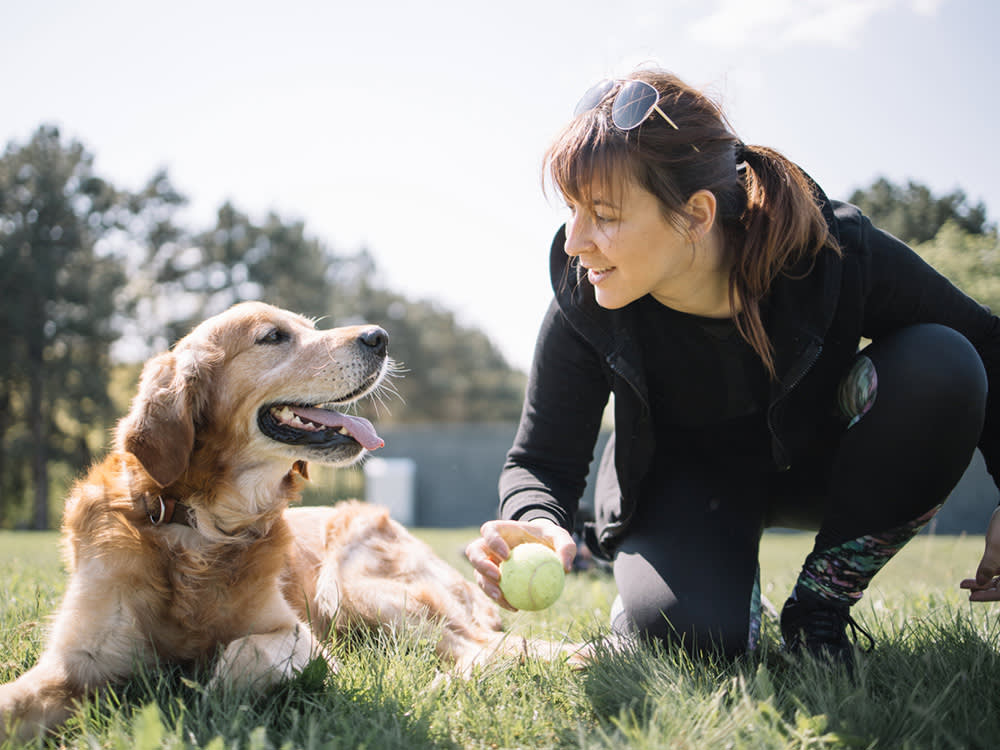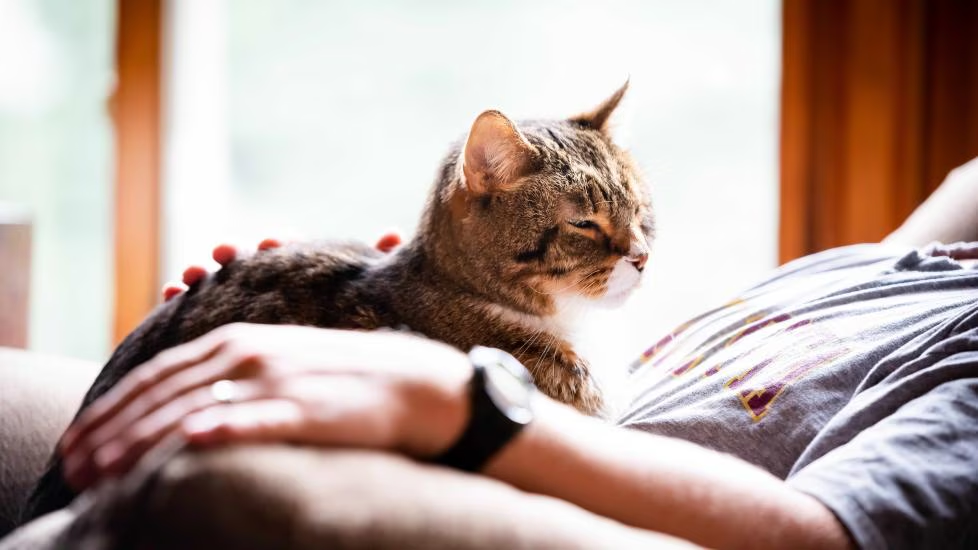Embracing Your Pet’s Golden Years
Your furry friend has been by your side through thick and thin, from playful puppy days to cozy cat naps. As pets age, their needs change, requiring extra care to keep them healthy and happy. This guide dives into senior pet care, offering practical tips to ensure your dog or cat thrives in their golden years. With love, attention, and a bit of know-how, you can make their later years their best yet.
Understanding Senior Pet Needs
What Defines a Senior Pet?
Pets typically enter their senior years around age seven for dogs and ten for cats, though this varies by breed and size. Smaller dogs, like Chihuahuas, may not show aging signs until their teens, while larger breeds, like Great Danes, age faster. Recognizing when your pet becomes a senior helps you tailor their care to their changing needs.
Physical Changes in Aging Pets
As pets age, their bodies slow down—joints stiffen, muscles weaken, and senses dull. For example, my old Labrador, Max, started struggling with stairs at age nine, a sign of arthritis. These changes are normal but require adjustments in diet, exercise, and veterinary care to maintain comfort.
Emotional and Behavioral Shifts
Senior pets may become less playful or more anxious, often due to cognitive decline or discomfort. Cats might hide more, while dogs could seem clingier. Understanding these shifts helps you provide a supportive environment, like a cozy bed for Max where he felt safe.
Nutrition for Senior Pets
Adjusting Diets for Aging Bodies
Senior pets need diets tailored to their slower metabolism and changing health needs. High-quality, low-calorie foods with digestible proteins support muscle maintenance without adding weight. For instance, switching Max to a senior-specific dog food helped him stay spry despite his age.
Key Nutrients for Senior Pets
- Omega-3 Fatty Acids: Support joint health and reduce inflammation, great for arthritic pets.
- Glucosamine and Chondroitin: Promote cartilage health, easing joint pain in dogs and cats.
- Antioxidants: Boost immunity and combat cognitive decline, found in foods with vitamins C and E.
Common Dietary Mistakes
Overfeeding is a big no-no—extra weight strains aging joints and organs. Avoid human foods like chocolate or grapes, which are toxic to pets. Always consult your vet before changing diets to ensure your pet’s specific needs are met.
Exercise and Mobility for Senior Pets
Keeping Senior Pets Active
Exercise keeps senior pets healthy but must be low-impact to protect joints. Short walks for dogs or gentle play sessions for cats work wonders. Max loved his 15-minute strolls, sniffing every bush like it was his job, keeping him fit without overdoing it.
Adapting to Mobility Challenges
Arthritis or muscle loss can make movement tough. Ramps, orthopedic beds, and non-slip mats help pets navigate safely. For cats, lower litter boxes ease access, ensuring they stay comfortable and independent.
Comparison: Exercise Needs by Pet Type
| Pet Type | Senior Exercise Needs | Best Activities |
|---|---|---|
| Small Dogs | 15–30 min daily, low-impact | Short walks, indoor fetch |
| Large Dogs | 10–20 min, gentle pace | Slow walks, swimming |
| Cats | 5–15 min, playful activity | Feather toys, laser pointers |
Veterinary Care for Senior Pets
Regular Checkups Are Crucial
Senior pets need vet visits every six months to catch issues early. Blood tests, dental exams, and joint assessments can spot problems like kidney disease or arthritis before they worsen. Max’s biannual checkups caught his thyroid issue early, saving us heartache.
Common Health Issues in Senior Pets
- Dental Disease: Plaque buildup can lead to infections; regular cleanings are key.
- Arthritis: Affects 80% of senior dogs, causing stiffness and pain.
- Kidney Disease: Common in older cats, requiring dietary changes and monitoring.
Pros and Cons of Senior Pet Vet Care
Pros:
- Early detection of diseases improves outcomes.
- Tailored treatments enhance quality of life.
- Vaccinations and dental care prevent complications.
Cons:
- Frequent visits can be costly, averaging $200–$500 annually.
- Some pets stress during vet trips, needing calming strategies.
- Treatments may require ongoing management, like daily medications.
Mental Stimulation and Emotional Well-Being
Preventing Cognitive Decline
Like humans, pets can experience cognitive dysfunction, leading to confusion or disorientation. Puzzle toys, training games, or new scents keep their brains sharp. Max loved his treat-dispensing ball, which kept him engaged even on lazy days.
Emotional Support for Senior Pets
Older pets thrive on routine and comfort. Familiar bedding, quiet spaces, and extra cuddles reduce anxiety. Cats especially benefit from perches where they can observe without stress, maintaining their sense of control.
Bonding Activities
- Gentle Grooming: Brushing strengthens your bond and checks for skin issues.
- Quiet Play: Short, calm games like hide-and-seek with treats work well.
- Story Time: Talking or reading to your pet soothes them, as I found with Max during thunderstorms.
Creating a Senior-Friendly Home
Safe and Comfortable Spaces
A senior-friendly home minimizes risks and maximizes comfort. Orthopedic beds support achy joints, while ramps help pets access furniture. For cats, low-entry litter boxes and soft bedding make a big difference in daily comfort.
Temperature and Lighting Considerations
Older pets are sensitive to temperature extremes. Keep their spaces warm in winter and cool in summer. Good lighting helps pets with fading eyesight navigate, especially at night when Max needed a nightlight to find his water bowl.
People Also Ask (PAA) Section
How can I tell if my pet is a senior?
Pets typically become seniors around age seven for dogs and ten for cats, though this varies by breed. Signs include graying fur, slower movement, or reduced energy. Regular vet checkups can confirm their stage and health needs.
What’s the best diet for a senior pet?
Senior pets need high-quality, low-calorie foods with nutrients like omega-3s and glucosamine. Brands like Hill’s Science Diet or Royal Canin offer senior-specific formulas. Always consult your vet for tailored recommendations.
How often should senior pets see a vet?
Senior pets should visit the vet every six months for checkups, including bloodwork and dental exams. Early detection of issues like arthritis or kidney disease can significantly improve their quality of life.
Where can I find senior pet care resources?
Reputable resources include the American Veterinary Medical Association (AVMA) website, PetMD, and ASPCA. Local shelters and vet clinics often offer free guides or workshops on senior pet care.
Best Tools and Products for Senior Pet Care
Essential Products
- Orthopedic Beds: Brands like PetFusion ($50–$150) provide joint support.
- Joint Supplements: Vet-recommended options like Cosequin ($20–$40) aid mobility.
- Automatic Feeders: Ensure consistent meals, like PetSafe’s model ($30–$100).
Where to Buy
- Petco/Petsmart: Offer senior-specific foods and supplements, both in-store and online.
- Chewy: Provides discounts on bulk orders and fast shipping for pet products.
- Amazon: Stocks affordable ramps, beds, and toys with user reviews for guidance.
Transactional Tip: Choosing Quality
Look for products with vet endorsements or high ratings (4+ stars) from at least 500 reviews. For example, Hill’s Science Diet Senior Dog Food has a 4.7-star rating on Chewy, trusted by thousands of pet owners.
Grooming and Hygiene for Senior Pets
Maintaining Coat and Skin Health
Regular grooming prevents matting and skin infections, common in senior pets. Use gentle brushes and hypoallergenic shampoos to avoid irritation. Max’s weekly brushing sessions kept his coat shiny and let me check for lumps.
Dental Care Tips
Dental disease affects 80% of senior pets, leading to pain and infections. Brush their teeth with pet-safe toothpaste or use dental chews. Regular vet cleanings, though pricey ($200–$500), are worth it for long-term health.
End-of-Life Care and Decision-Making
Recognizing When It’s Time
Knowing when to say goodbye is heart-wrenching. Signs include persistent pain, loss of appetite, or inability to enjoy life. When Max stopped wagging his tail for treats, I knew it was time to consult our vet about his quality of life.
Hospice and Palliative Care
Palliative care focuses on comfort, using pain meds or acupuncture to ease symptoms. Home hospice services, available through some vets, let pets stay comfortable at home. These options extend quality time with your pet.
Coping with Loss
Losing a pet is like losing family. Support groups, like those on Pet Loss Support (petloss.com), or memorializing your pet with a photo book can help. I made a scrapbook for Max, which still brings me comfort.
FAQ Section
What are the signs my pet is aging?
Signs include graying fur, reduced energy, stiffness, or changes in behavior like increased sleeping. Vision or hearing loss may also occur. Regular vet visits help monitor these changes.
How can I make my senior pet more comfortable?
Provide orthopedic beds, ramps, and a warm, quiet space. Adjust their diet and exercise to their needs, and offer extra affection to reduce anxiety.
What are the best supplements for senior pets?
Glucosamine, chondroitin, and omega-3s support joints and immunity. Brands like Nutramax Cosequin or Zesty Paws are vet-recommended. Consult your vet for dosing.
Where can I find senior pet care products?
Online retailers like Chewy, Amazon, or Petco offer senior-specific foods, beds, and supplements. Local pet stores and vet clinics also stock trusted brands.
How do I know if my senior pet is in pain?
Look for limping, reluctance to move, whining, or changes in appetite or behavior. Vets can assess pain through exams and recommend treatments like meds or therapy.
A Personal Story of Caring for Max
Max, my Labrador, was my shadow for 12 years. As he aged, his once-boundless energy faded, and arthritis slowed his walks. I learned to adapt—switching to senior food, adding a ramp to his favorite couch, and spending extra time cuddling. Those small changes gave us two more joyful years together. Caring for a senior pet isn’t just about extending life; it’s about filling their days with love and comfort, just as they’ve done for us.
Conclusion: Cherishing Every Moment
Senior pets bring wisdom and warmth to our lives, and with the right care, their golden years can be truly golden. From tailored diets to cozy beds, every small effort counts in keeping them happy and healthy. Whether it’s a gentle walk or a vet checkup, your love makes all the difference. Explore resources like the ASPCA or your local vet to give your pet the best care possible, and cherish every moment with your furry friend.






